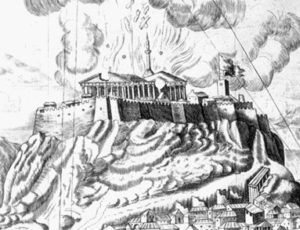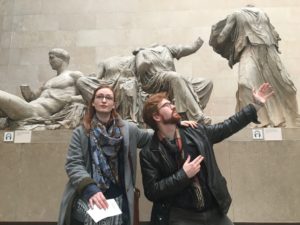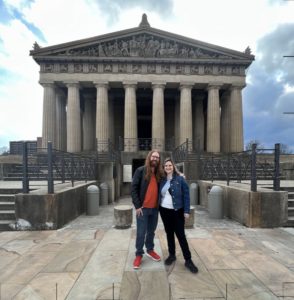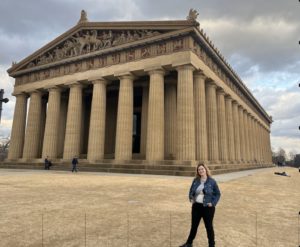Exploring the Athens of the South
Introduction: At Millan Architects, we occasionally take a little time off to get out of our office in Philadelphia and see the world. Recently, I went on an RV trip with my wife, Madeline, to help her install her first solo art show at the Center for Appalachian Craft in Smithville, Tennessee.
We installed the show, and all was going according to plan until we got in the RV to head back and the engine would not start. After several failed attempts to jump start the engine, we had the RV towed to the nearest RV repair shop just outside of Nashville Tennessee, the Athens of the South.
History of the Original Parthenon
As we waited for the RV to be repaired, we looked for activities in the area. I remembered from one of my favorite college courses, The Architect and History, that one of the many reproductions of the Parthenon throughout the world is located in Nashville. Of course we had to visit. The original Parthenon, located in Athens Greece, is one of the most architecturally significant buildings in the Western World.
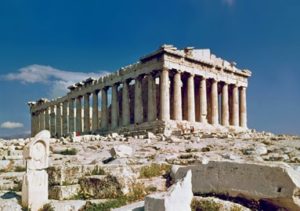
The original Parthenon:
- Was built in the 5th Century BC on the Athenian Acropolis, in the birthplace of Democracy
- Epitomizes the Classical Doric Order of Architecture
- Was most likely painted in ancient times
- Is in a state of ruin due to its use by the Ottomans as a gunpowder magazine during the Morean War between the Ottomans and Venetians. A Venetian mortar round struck the Parthenon on September 26, 1687 igniting the gunpowder and destroying much of the building.
- Had half of the statuary and sculptures that survived the 1687 explosion removed by Thomas Bruce, the 7th Earl of Elgin, between 1801-1803. The statues, known as the Elgin Marbles, can still be viewed at the British Museum in London today. Photos below from my 2018 visit:
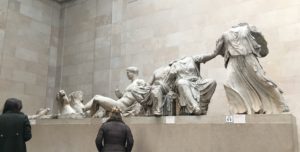
- Became an architectural symbol of Democracy, and has been replicated throughout the Western World in Philadelphia PA, New York NY, Edinburgh Scotland, Walhalla in Regensburg Germany, and Nashville Tennessee.
About the Nashville Parthenon
The Parthenon in Nashville Tennessee: Built in 1897 of plaster, brick and wood as a temporary structure for the Tennessee Centennial and International Exhibition, the Nashville Parthenon is identical in scale to the original. It is regarded as the most faithful replica and includes all the original Doric details and statuary.
It was rebuilt between 1920-1925 as a permanent monument utilizing concrete, gravel, crushed ceramic tile, and quartz. While the materiality of the building lacks the polished finish of ancient marble, it is an extremely well executed reproduction of the Parthenon and far more intact than the original building. Hopefully the citizens of Nashville will continue to house an art museum within their Parthenon and never use it as an armory.
Our Visit: We visited the Parthenon in Nashville on the afternoon of President’s Day, so unfortunately the art museum within was closed for the Holiday. The building is the flagship structure within Centennial Park in the heart of Nashville. It was an unseasonably mild day for February and the entire city seemed to be out enjoying the surrounding park.
It was remarkable to experience the full monumental scale of the Parthenon in person. The building serves as an impressive testament to the ingenuity, industriousness, and architectural talent both of the late 19th and early 20th century Nashvillians, and of the Ancient Athenians, who built their respective Parthenons.
A Modern Replica of Ancient Greek Architecture
Conclusion: If you find yourself in Nashville Tennessee, make time to visit the Parthenon in Centennial Park before you head over to the Honky Tonk Highway. It is an inspiring and geometrically accurate replica of the original Athenian building, which symbolizes Ancient Greek Democratic values and exemplifies Architectural refinements that our culture still values.
While I am privileged to have visited the Parthenon in Nashville and seen the Elgin Marbles in the British Museum, I hope someday soon to visit Athens. When I do, I will be prepared for the breathtaking monumental scale of the Parthenon and will know what it may have looked like when it was whole.
If you’re interested in learning more about historical sites and architectural processes, check out our recent blog posts.

